




How Do Moon Phases Occur? Step-by-Step Explanation
The Sun continuously illuminates half of the Moon, meanwhile, the other half remains dark. When we think about the way the Moon seems to vary over the course of a month, we expect phases. However, frequent Moon observers know that the Moon also appears to twist, nod, and roll slightly throughout its journey across the sky. Why does the Moon seem to change its shape every night? In this article, we will be discussing the phases and shape of the Moon, and how it occurs as the Moon revolves around the Earth.
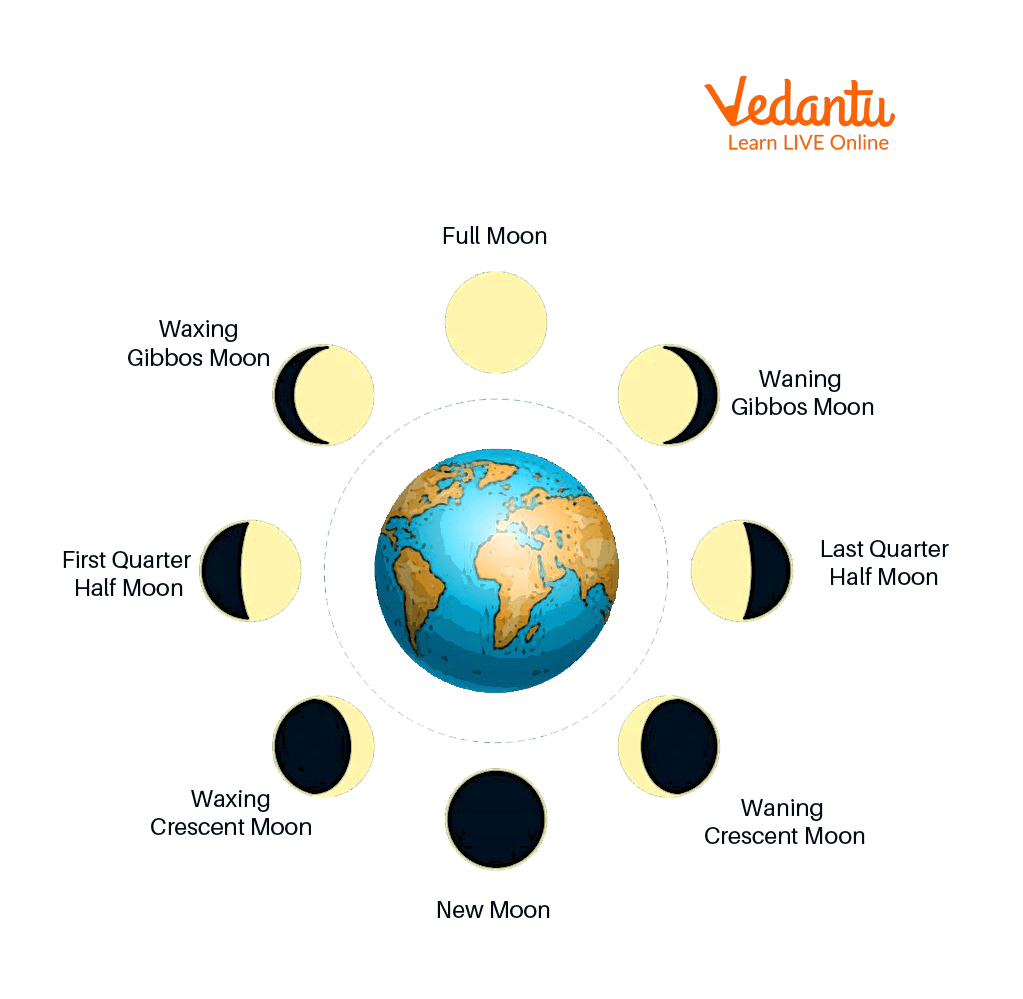
Phases of Moon
Different Phases of Moon
When we observe from the Earth, we can notice the series of transformations within the shape of the Moon day by day. That's what we call the phases of the Moon. There are a total of 8 Moon phases, which include, in order, new Moon, waxing crescent, half-Moon, waxing gibbous, full Moon, waning gibbous, third quarter, and waning crescent. This cycle repeats once a month. Let’s go through the individual phases of the Moon one by one to understand its movement.
1. New Moon
In this phase, the Moon is invisible from the Earth. Since the illuminated half of the Moon faces the Sun and its darker side faces the Earth, during this phase, the Moon rises and sets with the Sun. This is because it is on the same part of the sky. During this phase, the Moon does not pass directly between the Sun and the Earth.
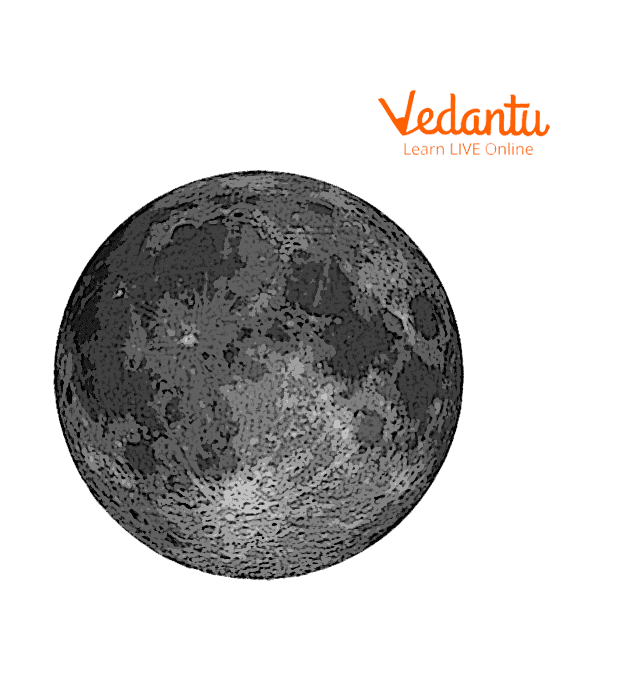
New Moon
2. Waxing Crescent
This phase happens when half of the illuminated part of the Moon faces virtually away from the Earth. Only a small part would be observed from the surface of the Earth. From here onwards, the view becomes additional clear as its orbit carries the visible half into the view.
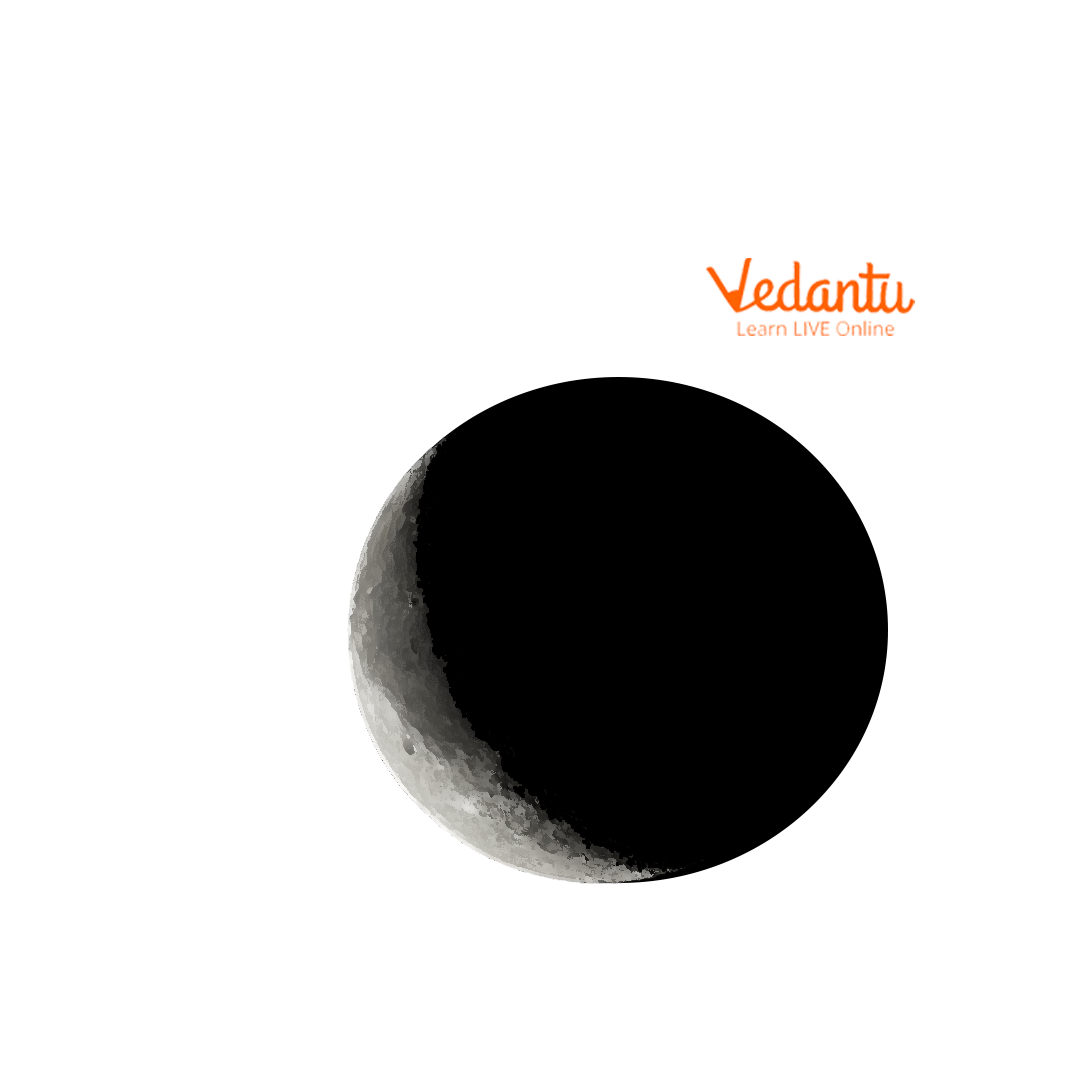
Waxing Crescent
3. First Quarter
In this phase, the Moon is a quarter of the way through its journey. We can see half of its illuminated side. We often call this phase the half Moon. However, it is just a slice of the whole Moon, that is, half the visible part. It appears around noon and sets during midnight. It provides an amazing view in the evening.
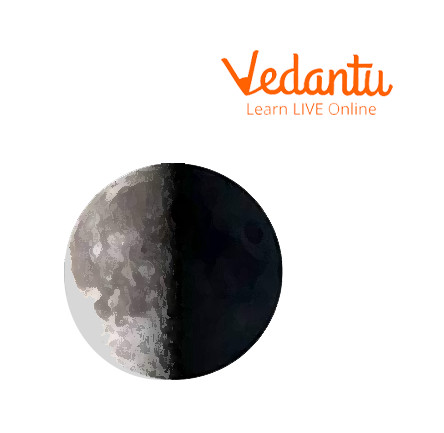
First Quarter
4. Waxing Gibbous
In this phase, most of the Moon’s visible part is out there to view from the surface of the Earth. The Moon will be brighter in the sky.
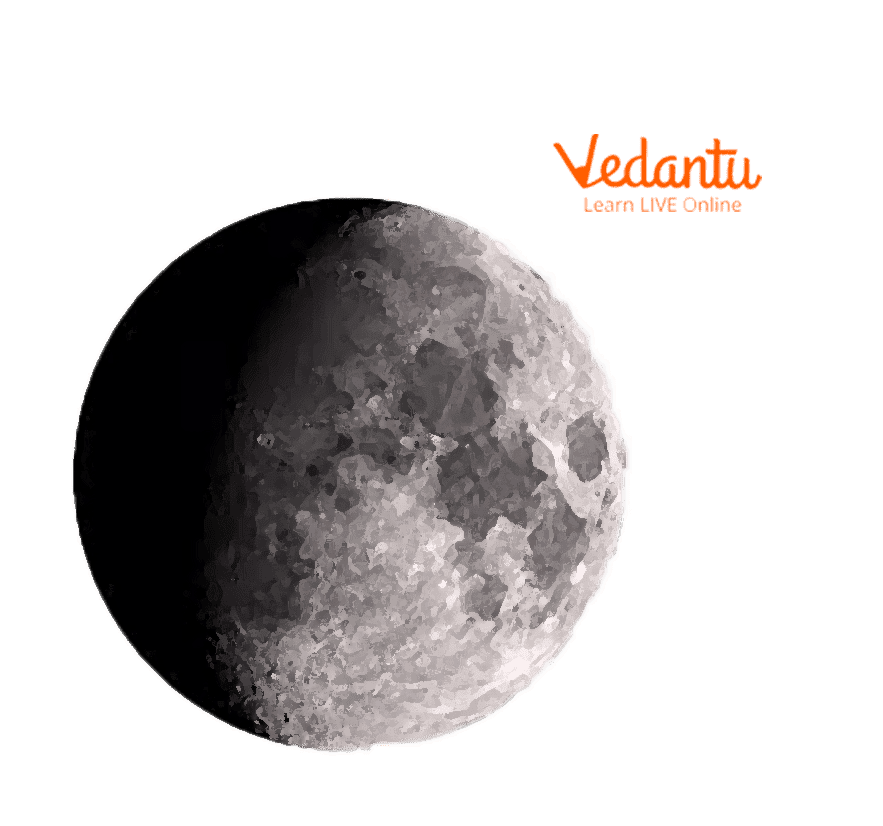
Waxing Gibbous
5. Full Moon
This phase is the most stunning one. This can be observed when we come nearer to the Sun’s illumination of the day side of the Moon, completely. We call this a full phase of the Moon. However, technically, we are viewing the actual half of the Moon. On this day, we can observe the entire half of the day side of the Moon that rises during sunset and sets when the Sun rises. This phase can exist for a couple of days before it gets into its next phase.
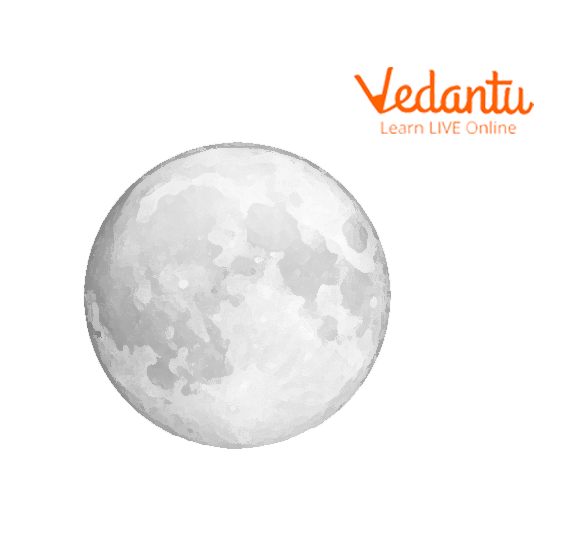
Full Moon
6. Waning Gibbous
In this phase, the Moon starts its journey back to the Sun, which means the opposite side of the Moon reflects the light. The visible part begins to shrink. The orbit of the Moon moves away from the viewer, which implies that the Moon is away from our Earth. Because of this, the Moon rises later and later each night. That’s why sometimes we can’t see the Moon at the same time we used to observe.

Waning Gibbous
7. Last Quarter
Again, in this phase, only half of the Moon is illuminated; the part that is visible from the Earth. But in reality, as mentioned before, we get to observe only half of the half part of the Moon. Just a piece of a slice! This phase is the last quarter Moon, also known as a third-quarter Moon, which rises around midnight and sets around noon. Because of daylight, we can’t observe it much. But sometimes we might have noticed the presence of the Moon during the daytime.
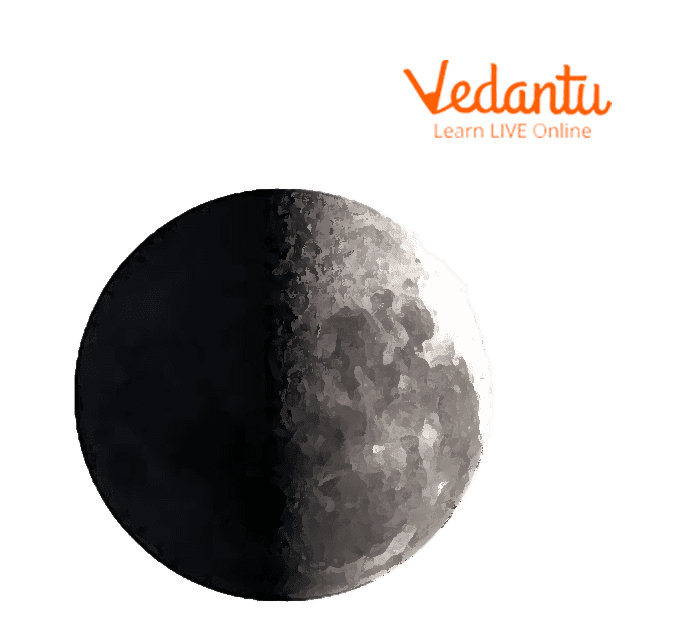
Last Quarter
8. Waning Crescent
In this phase, the Moon is nearly back to the point in its orbit where the dayside is almost facing the Sun and what we can observe from the Earth is just the thin curve of the Moon.

Waning Crescent
Earth Shine: A View to the Darker Part
We might have seen this darker part of the Moon. When the Moon is in one of the crescent phases, we can see this dark part of the Moon, which shines dimly. This phenomenon is caused by the Sun’s light which reflects off the Earth’s surface onto the face of the Moon. At this point Earth’s orbit is almost full from the Moon's side, the light it reflects is what we called earthshine, which is capable of illuminating the darker side of the Moon. It is very beautiful to observe.
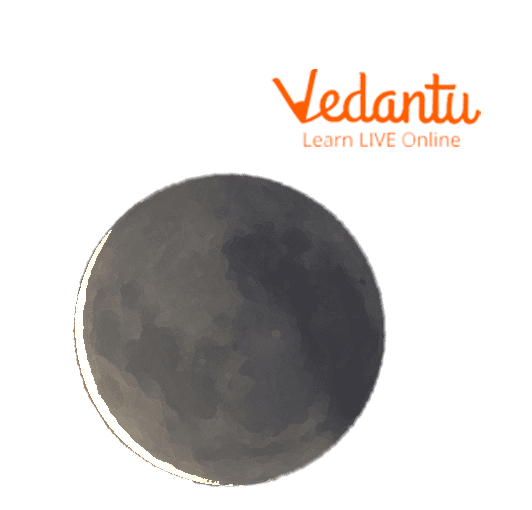
Earthshine
Daytime Moons
This should be experienced by most people. During the daytime, we might have seen this faint presence of the Moon. The best time to look at this Moon is during the primary and last quarter phases. When the Moon is high enough on top of the horizon, the light from the Sun is brightly reflected off the Moon. The Moon is observed in the daylight except during its full Moon phase because it is below the horizon during the day.
Lunar Eclipse
Anywhere between four to seven times a year, our Earth, Moon, and Sun line up just right to form the cosmic-scale shadow, known as an eclipse. The Moon’s orbit around the Earth is tilted. This tilt is the reason why we've occasional eclipses rather than monthly eclipses.
There are 2 types of eclipses: lunar and solar. Lunar eclipses occur during the full Moon phase. Once the Earth is positioned exactly between the Moon and Sun, Earth’s shadow falls upon the surface of the Moon, dimming it and typically turning the lunar surface a striking red over a few hours.
Summary
Since the Moon's orbit isn't perfectly circular, its distance from Earth and its speed in orbit both change slightly throughout the month. The primary phases are the new Moon, first quarter, full Moon, and last quarter. The secondary phases are waxing crescent, waxing gibbous, waning crescent, and waning gibbous. The term waxing refers to the growth of the Moon's image, whereas the term waning refers to a shrinking image. We hope you have learnt something new about the Moon today! Visit our website to learn more about such phenomena.
FAQs on Understand Moon Phases: Complete Student Guide
1. What causes the different phases of the Moon?
The phases of the Moon are caused by the changing angles at which we view its sunlit surface as it revolves around the Earth. The Moon does not produce its own light; it reflects sunlight. As the Moon orbits our planet, the portion of the illuminated hemisphere that is visible to us on Earth changes, creating the sequence of phases from New Moon to Full Moon and back again.
2. What are the two primary types of motion of the Moon?
The two primary motions of the Moon are:
- Revolution: The Moon's motion as it travels in its orbit around the Earth. It takes approximately 27.3 days to complete one revolution.
- Rotation: The Moon's spinning motion on its own axis. It also takes about 27.3 days to complete one rotation, which is why we always see the same side of the Moon.
3. What are the eight main phases of the Moon in order?
The eight main phases of the Moon, starting from the beginning of the lunar cycle, are:
- New Moon: The Moon is not visible as the side facing Earth is not illuminated.
- Waxing Crescent: A small sliver of the Moon is visible, and the illuminated portion is growing.
- First Quarter: Half of the Moon appears illuminated.
- Waxing Gibbous: More than half of the Moon is illuminated, and the lit portion is still growing.
- Full Moon: The entire side of the Moon facing Earth is illuminated.
- Waning Gibbous: More than half of the Moon is illuminated, but the lit portion is shrinking.
- Third Quarter: The opposite half of the Moon is illuminated compared to the First Quarter.
- Waning Crescent: A small sliver of the Moon is visible, and the illuminated portion is shrinking.
4. What is the difference between a lunar eclipse and the New Moon phase?
A common misconception is to confuse the New Moon with a lunar eclipse. A New Moon occurs when the Moon is between the Sun and Earth, so the sunlit side faces away from us. In contrast, a lunar eclipse occurs when the Earth passes directly between the Sun and a Full Moon, casting its shadow (the umbra) onto the Moon's surface, making it appear dim or reddish.
5. Why do we always see the same side of the Moon from Earth?
We always see the same side of the Moon due to a phenomenon called synchronous rotation or tidal locking. Over billions of years, Earth's gravity has caused the Moon's rotation to slow down until its rotation period matched its revolution period. It takes the Moon the same amount of time (about 27.3 days) to rotate on its axis as it does to complete one orbit around Earth, keeping one face perpetually turned towards us.
6. How long does it take for the Moon to complete one full cycle of its phases?
It takes approximately 29.5 days for the Moon to go through all its phases, from one New Moon to the next. This period is known as a synodic month. This is slightly longer than its orbital period (27.3 days) because as the Moon orbits the Earth, the Earth is also moving in its orbit around the Sun, so the Moon must travel a little further to realign with the Sun and Earth in the same way.
7. What is the difference between a waxing and a waning moon?
The terms waxing and waning describe whether the illuminated portion of the Moon is growing or shrinking.
- Waxing: This is the period after the New Moon when the visible sunlit portion is increasing each night. This phase continues until the Full Moon.
- Waning: This is the period after the Full Moon when the visible sunlit portion is decreasing each night. This phase continues until the cycle returns to the New Moon.
8. How do the Moon's phases appear differently from the Northern and Southern Hemispheres?
While everyone on Earth sees the same phase of the Moon on the same day, its orientation appears different depending on your hemisphere. From the Northern Hemisphere, the sunlit part of a waxing moon appears on the right side. From the Southern Hemisphere, the same waxing phase will appear to be lit from the left, making the Moon look upside down compared to the northern view.
9. Can we see the Moon during the daytime, and why?
Yes, it is very common to see the Moon during the day. The Moon is in the sky for about 12 hours out of every 24, just like the Sun. Whether it is visible during daylight hours depends on its phase and position. For example, around the First Quarter and Third Quarter phases, the Moon is high enough in the sky and at a sufficient angle from the Sun to be seen clearly against the blue sky, as its reflected sunlight is bright enough to be visible.























